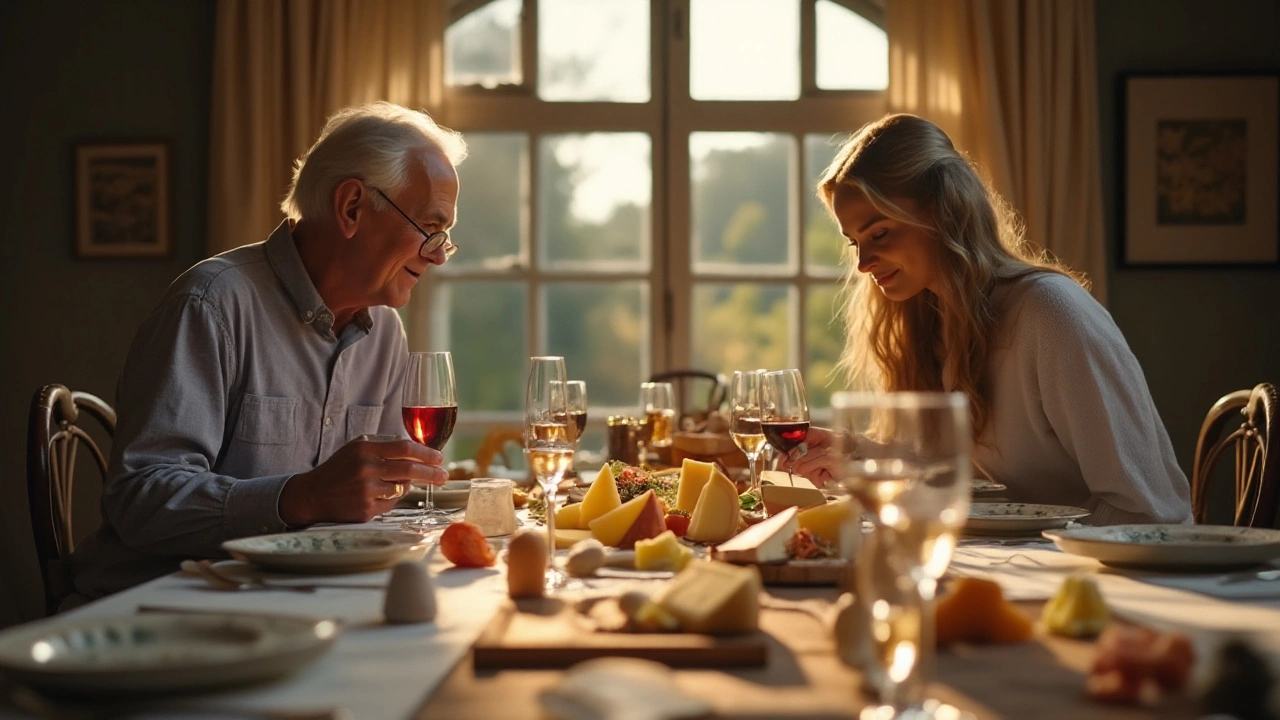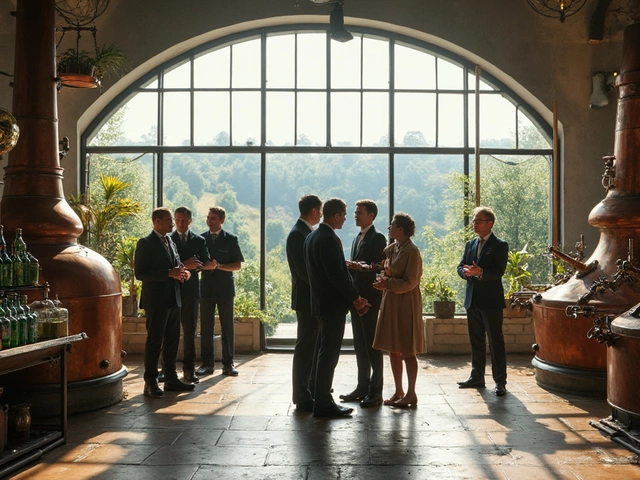Culinary Traditions: How History Shapes What We Drink and Eat
Ever wonder why certain foods and drinks seem made for each other? It’s not a coincidence. Over generations, cultures have figured out which flavors boost each other, creating the pairings we still love today. On this page you’ll find quick, practical tips that let you tap into those age‑old habits without any fancy jargon.
Classic Pairings That Stand the Test of Time
Wine and cheese is the poster child of food tradition. Studies show that the fat in cheese softens the tannins in red wine, while the acidity in white wine cuts through the richness of a buttery cheese. Want a safe bet? Pair a crisp Chardonnay with a mild goat cheese or a sharp cheddar. If you’re serving a cheese platter before dinner, a light white keeps the palate fresh; after dinner, a fuller red like a Cabernet can round off the meal.
Whisky lovers swear by a small snack before a tasting. A piece of smoked salmon, a few nuts, or a slice of dark chocolate primes the palate and prevents the spirit from feeling too harsh. The same principle works for beer – a salty pretzel or cheese bite can balance bitterness and make the flavors pop.
Tea ceremonies across Asia show another timeless rule: the food you serve should complement, not overpower, the brew. Light pastries, fresh fruit, or plain biscuits let the tea’s aroma shine. Serving a rich dessert with delicate green tea will mask the tea’s subtle notes, so keep it simple.
Modern Twists on Old Traditions
Today’s “traditions” include mocktails that mimic classic cocktails without the booze. A fresh cucumber‑mint fizz or a tart berry spritzer offers the same social ritual while keeping calories low. Parents can even involve kids with fruit‑based mocktails that taste great and add a splash of nutrition.
Old spirits still fascinate us. The oldest distilled drink dates back to ancient Mesopotamia, where early distillers turned fermented grain into a potent liquid for medicine and celebration. Knowing this history can make a modern sip of craft whisky feel like a connection to the past.
Even beer has its heritage. Rankings of the world’s top brews show that many award‑winning lagers still follow centuries‑old brewing methods: clean water, malted barley, and patient fermentation. When you choose a “top beer,” you’re often picking a product that respects those fundamentals.
Finally, price doesn’t always equal quality. A cheap vodka can surprise you with a clean finish, while an expensive bottle might hide subtle off‑notes. Tasting both side by side lets you decide what matters most to your palate – smoothness, purity, or a story behind the label.
Take these traditions and experiment at home. Grab a cheese you haven’t tried, pick a wine that matches, or swap a cocktail for a mocktail on your next gathering. The best part? You get to taste history while making your own modern twist.
Wine and cheese pairing is a timeless culinary tradition that sparks a spirited debate: should you start with the cheese or the wine? This article explores the nuances of taste and texture that underpin this choice, providing insights into how various cheeses interact with different wines. By understanding the aromas, flavors, and contrasts, readers will learn to elevate their tasting experience. Whether you're a seasoned connoisseur or a curious beginner, get ready to savor the delightful complexity of these pairings.
View Details

